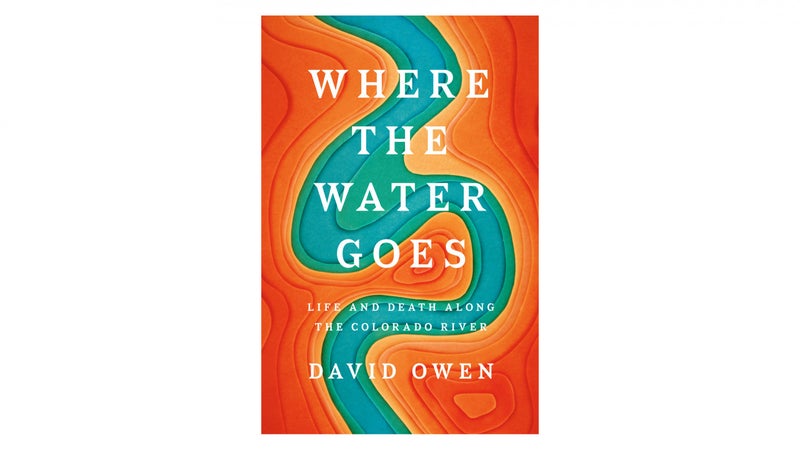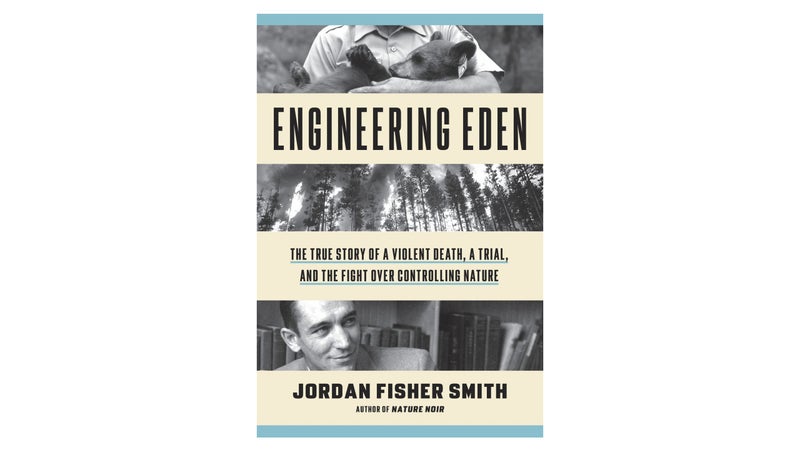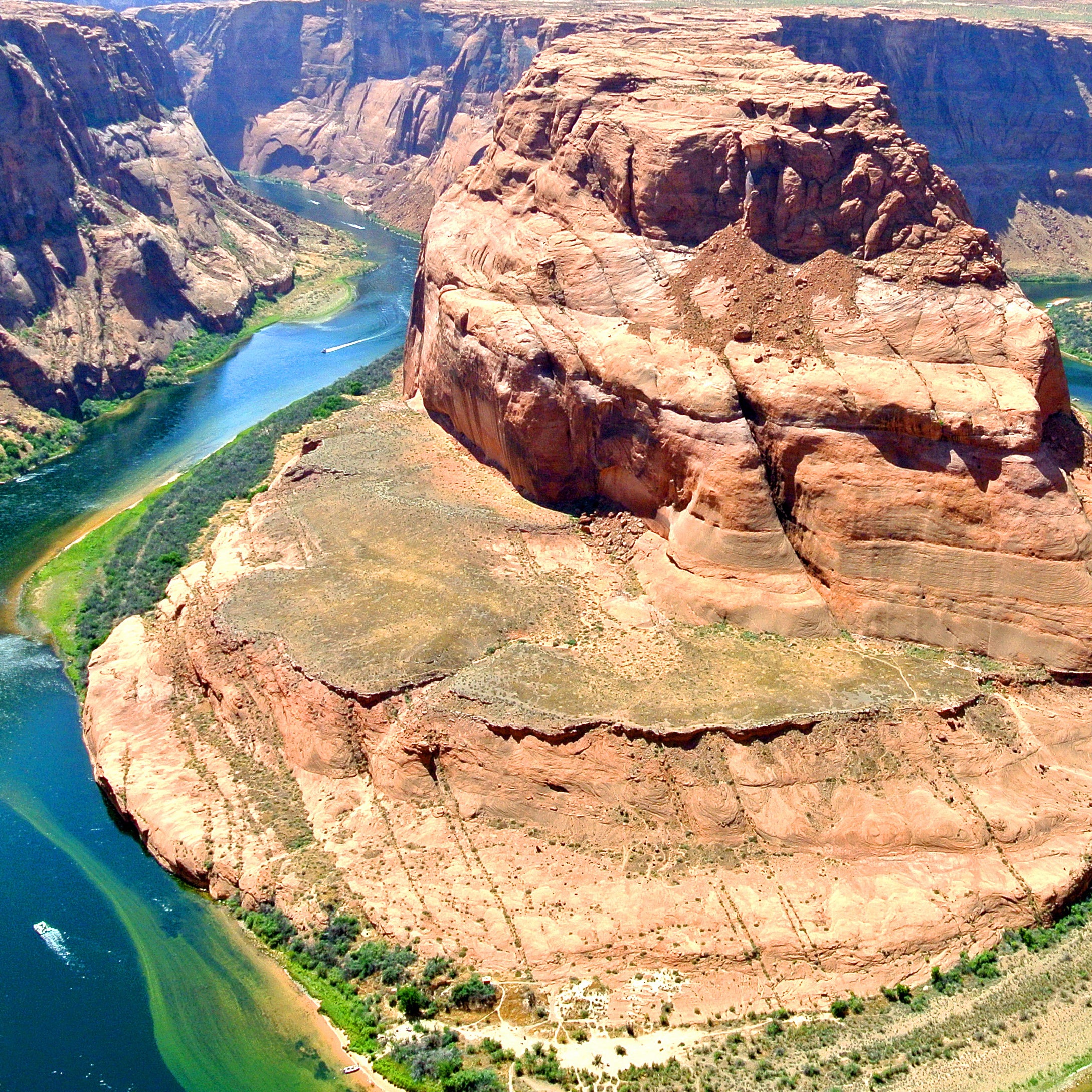The ranks fifth on the list of our country’s longest rivers, behind the , , , and rivers. But as explains in his book published this spring, ($28; Riverhead), the Colorado’s political and economic muscle is unmatched among America’s rivers.
Thirty-six million people rely on the Colorado to survive—from Los Angeles in the west to Denver in the east, Salt Lake City in the north to the tiny village of Luis Encinas Johnson, Sonora, Mexico, in the south. Six million acres of farmland, which produce virtually all of America’s winter vegetables, also depend on the river. It’s also a recreational cash cow: Activities based on and around the Colorado are said to rake in $26 billion annually. “[The Colorado’s] flow is so altered and controlled,” Owen writes, “that in many ways the river functions more like a 1,400-mile-long canal.”
While following the river’s path—he starts at its headwaters in the Colorado Rockies, near the Wyoming border, and ends at its strikingly diminished terminus in Mexico, 1,450 miles to the south—Owen focuses on the fact that “the legal right to use every gallon [of the river] is owned or claimed by someone.” But because of variables like climate change and America’s delusional sprawl into barren places like , rights to the Colorado River’s water exceed its actual flow.

This man-against-nature paradox has given rise to the , which Owen describes as a “complex but loosely defined and minimally circumscribed body of rules, precedents, habits, treaties, customs, and compacts” that has landed seven states—Colorado, Wyoming, Utah, New Mexico, Nevada, Arizona, and California—in a fragile water-rights truce that promises to become increasingly volatile as the West’s climate and water woes continue.
Owen is a longtime staff writer for the New Yorker, and his mastery of the ride-along narrative is clear in this book, which easily could have devolved into a tedious, policy-bogged treatise on America’s—and man’s—long obsession with controlling nature. Instead, Where the Water Goes ambles through a series of profiles, scenes, and historical anecdotes in the wandering page-turning style of and . (In fact, both writers gave the book glowing blurbs.)
In California, Owen tours a portion of the with one of its managers and his young daughter, who grew up around the structure and loves the smell of oil in the pump room. Near Luis Encinas Johnson, Owen takes a ride in the small panga of a farmer whose property rests on a portion of what’s left of the river delta on the shore of the . Donald Trump even makes a cameo, espousing fallacies as usual: “You could build a pipe, and you would never have a problem in Los Angeles and Southern California again…A lot of water would come down, I can tell you that. They have nothing but water.”
The Colorado River, of course, is not the only natural space that has fallen victim to what Jordan Fisher Smith, in his book ($28; Crown), calls “the most fundamental characteristic of human civilization: the alteration of everything we [touch].” In Engineering Eden, Smith explains how national parks have been petri dishes for both public lands policy in the United States and the collective American idea of “the wild.”

Engineering Eden follows a civil trial against the National Park Service brought by the family of Harry Walker, a Chris McCandless type who was while camping in in 1972. Like Owen, Smith successfully weaves the complexities of public lands policy into a gripping narrative, ultimately illustrating how almost every aspect of our national parks have been meticulously curated for the benefit of human enjoyment and safety—from “bear shows” to elk herd culling to controlled burning.
Smith, a former park ranger, chronicles a series of other horrific attacks in Yellowstone, , and through the story of Walker’s life and death. All the incidents turn out to be violent fallout from the introduction of unnatural features to the parks—particularly the bear shows, which involved park staff dumping food waste near guest lodgings and campsites to draw the animals from the woods in large numbers so park guests could then observe the bears feeding. What is left, at the conclusion of the Walker trial, is both a clear sense of how our meddling with the natural world has permanent consequences and a completely shattered sense of what most of us would consider America’s most wild places.
Take, for example, a 1962 report commissioned by Congress, which grew from the increasing frequency of bear attacks in national parks. The report, headed by respected UC Berkeley wildlife management professor Starker Leopold, called upon the Park Service to “‘restore or recreate’ natural processes and life communities to bring about conditions as close as possible to those that had been seen by the first Euro-American explorers.”
Leopold provided specific scenarios in the report. If trees obscured a nice vantage point for park guests, then the trees would have to be kept trimmed. Or if a species that once roamed an area but had since been killed off—like the bison or pronghorn—the animal should be reintroduced and managed to survive. Likewise, native plants that had been choked out by an invasive species should be grown in a nursery and transplanted back to where they had once grown naturally. Ultimately, national parks could “achieve a ‘reasonable illusion’ of primitive conditions.”
While their situation is less dire than the West’s water shortage, America’s national parks and public lands nonetheless face their own challenges moving into the future. Like the policymakers of the seven states that rely on Colorado River water, the Park Service is scrambling to adapt to the political and climatic landscape in 21st-century America. In 2012, the Park Service released an updated version of the 1962 Leopold report, reaffirming the need to subtly manipulate nature. To combat the impacts of climate change, Smith writes, “the Park Service has started a few small-scale, tightly-controlled experiments with assisted migration, the practice of helping plants and animals move to new locations where they might better survive the dislocations to come.” Like the shifting sources of water the Owen outlines, America’s natural places are literally shifting into new, uncharted territory.
And as both Owen and Smith illustrate, there are bound to be missteps along the way—some of them political, others completely unexpected. There is, however, a glimmer of hope in each story: that nature so far has been able to adapt and survive, despite the ever-increasing weight of humanity’s heavy hand.


